Tips for Buying a Sewing Machine
This post may contain affiliate links which won’t change your price but will share a commission.
INSIDE: Tips for Buying a Sewing Machine
Do you need guidance when purchasing a sewing machine? Maybe you’ve recently started sewing on a borrowed machine and want to buy your first sewing machine. Perhaps you’re wanting to upgrade your current machine to something that will help you expand your sewing.
For most sewists buying a machine can be overwhelming because even inexpensive machines have features you may not understand. More importantly, you really need to consider what you may not need today but might want down the road as your sewing progresses. With so many brands, price ranges, features, and stitches, it’s hard to know where to start.
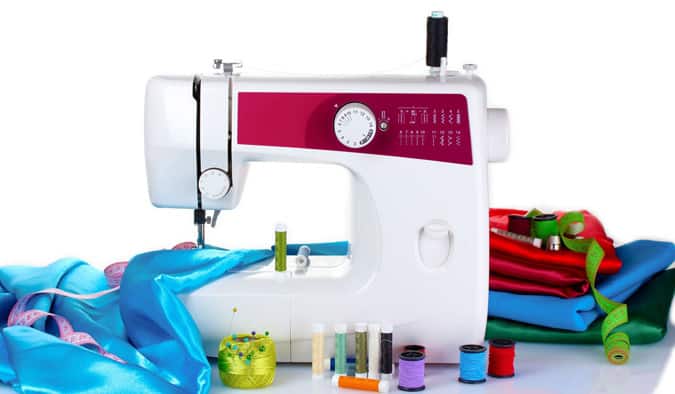
My Story and How to Avoid This Happening to You
On a crisp Fall Saturday, I set out to replace my 30+ year-old Kenmore sewing machine. Mind you, it was in tip-top sewing shape but lacked a few features like computerization and an embroidery unit. With a generous budget, I embarked on my sewing quest to replace and upgrade my sewing machine. It seems simple but became complicated when the person at the first sewing store informed me she “didn’t really know anything about the dozen or more machines sitting in the store and could I come back when her daughter came to work in a few hours.”
I was not new to sewing, but I was new to computerized sewing machines. What I needed was a short list to help me begin the process of choosing a new sewing machine.
To avoid my situation, I’ve armed you with a few tips that will prepare you to visit local sewing machine dealers in your area. They should allow you to try a variety of machines so you can start to see what will work best for your sewing needs. When shopping, refer back to these tips as you test different machines. Hopefully, they will help you make the best possible decision.
Get a FREE Printable: Tips for Buying a Sewing Machine
Click the pink button below to get the FREE Printable: Tips for Buying a Sewing Machine.
Tips for Buying a Sewing Machine
1. Budget

When setting a budget for purchasing a sewing machine my best advice is always to choose quality over bells and whistles. Of course, that will depend on your budget which ultimately determines the features that are available to you.
If you have a very small budget, look for a great deal on a quality used machine. Find a dealer who takes trade-ins; they will have done a thorough maintenance on a machine and will give you a small warranty plus a class on operating the machine. If you need a machine that has a heavy-duty motor or some high-end features this might be a good route to take.
There are also other options that can save you money. Several sewing machine manufacturers are making decent machines that don’t cost a fortune. The thing to remember with these machines is they are light weight (both a plus and a negative) and many of their parts are made from plastic. If a part breaks, you may not be able to get the machine repaired. However, there are a few highly rated, low-cost ($150-ish) machines that can serve you for many years.
2. Stitches
This is a sewing golden question that is difficult to answer. Once your budget is set then you can start deciding on some of the features that you’d like to have on your machine. The first question that comes up will be the number of stitches available on a particular machine.
The key is not to be seduced by the number of stitches but rather choose a machine that includes stitches that you will actually use.
At the core of sewing, you really only need two stitches to sew well: A Straight Stitch and a ZigZag Stitch. Almost all sewing can be accomplished with either of these stitches. That said, there are a few additional stitches and/or stitch features that I believe make sewing a little bit nicer.
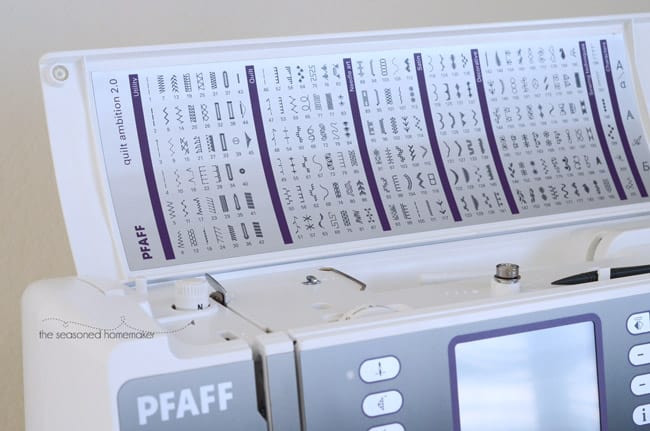
Look for These Stitches
- Straight Stitch: The straight stitch needs to be adjustable from 0 – 5mm. The 0 setting allows you to lock stitches and the 5mm stitch length allows you to baste and gather. Most of the time you will sew with 2.5mm stitch length. The ability to adjust the stitch length will give you more options with your sewing. Look for machines that make this easy.
- ZigZag Stitch: The zigzag stitch should be adjustable in both stitch length and stitch width.
- Buttonhole Stitch: Technically, a buttonhole stitch is just a zigzag stitch that is automated. Any machine that has a zigzag stitch should have a buttonhole feature. Even lower-priced machines have some sort of automated buttonhole option. If possible, try this feature out before purchasing a machine.
- Stretch or Knit Stitch: There are a couple of stitches that are ideal for sewing with knits. One looks like a ‘lightening’ symbol and the other is a triple stretch stitch. Both will allow the knits to stretch (and not pop the threads) once they are stitched. While a zigzag stitch will actually sew stretch fabrics well, special knit stitches do an outstanding job.
- Blind Hem Stitch: This stitch creates practically invisible hems on skirts and pants.
- Utility Stitches: Most machines will have a few utility stitches (which include stretch/knit stitches). These are good for securing seams and double as decorative stitches.
Once you’ve sewn for a while you will know which stitches you would like to have. And when that happens, it’s usually time to upgrade to a new machine.
3. Special Features

Many machines come with some awesome features that make sewing so much fun.
- Needle Threader: High-end machines will have an automatic needle threader, while budget machines have a semi-automatic needle threader.
- Needle Up/Down: This feature allows you to stop the needle either in the up or down position which simplifies pivoting and turning fabric.
- Adjustable Speed Control: Allows you to adjust how fast or slow you sew. Perfect for difficult fabrics.
- Needle Position Adjustment: Available on high-end machines but available on budget-friendly machines. Allows you to move the needle either left or right. Ideal for zippers or top stitching.
- Lighting: Lighting on most machines has improved significantly. Look at the lighting to make sure you are able to adequately see what you’re sewing.
- Automatic Thread Cutter: Many machines have an automatic thread cutter. All you have to do is push a button and it cuts the thread. Test this on different machines. Some are better than others.
- Knee Lifter: This used to only be available on expensive, high-end machines, but now on modestly priced machines. It allows you to lift the presser foot while your hands are holding the fabric in place. Ideal for curves and sharp corners. I can’t imagine sewing without it.
- Free Arm: A removable piece from the sewing deck which allows you to slip something narrow (like a sleeve) under the needle. Sometimes doubles as a removable accessories storage box on the front of the machine.
4. Attachments and Feet
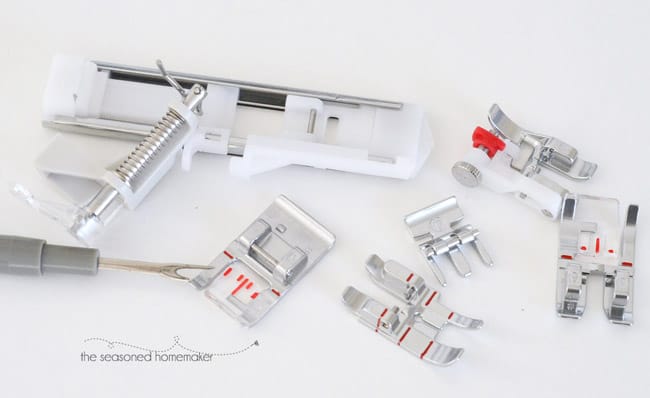
Attachments and feet will be specific to what you plan to sew. Quilters will want a Walking Foot, spring action foot, and a 1/4″ foot. Garment sewists may look for a zipper foot, overcast stitching foot, buttonhole foot, and button attaching foot.
Many machines will come with all of these feet, however, lower priced machines might not have access to a larger variety of specialty feet. More expensive machines will have a better selection. Another thing to check on is the price of accessories and feet. Some manufacturers charge $30-$50 for their feet.
A few manufacturers offer machines that have a more specific purpose. You may see the name of the machine with a ‘Q’ next to it. That means the machine comes with feet and attachments a quilter would want. On the other hand, I’ve seen a Project Runway sewing machine that is designed for people who want to make their own clothes.
Be sure to look at the specific feet and attachments particular to your sewing plans.
5. Mechanical or Computerized

Sewing is about having the needle go up and down. How well a sewing machine does that can depend upon what’s inside the machine.
Mechanical Machines
Mechanical machines tend to be simple to operate and aren’t as heavy because they don’t have a computer. They require a lot less maintenance. If kept clean and oiled they will serve you for a long time, making it an excellent choice for someone on a budget.
Computerized Machines
A well-maintained computerized machine will sew a beautiful straight stitch ~ every time. All high-end machines will be computerized in one way or another.
This simplifies stitch selection, stitch length, buttonholes, and programmable stitch sequences. Computerized machines almost always have a touch screen.
One of the greatest benefits of a computerized machine is the motor. Because computerized machines are usually higher priced, they tend to have high-powered motors that are ideal for heavy-duty projects.
A computerized sewing machine will likely need regular service by a professional.
Electronic Machines
Consider a third option and that’s a machine that is considered electronic. It’s a hybrid of the mechanical and computerized machine.
There is usually some sort of computer screen, but the machine is completely mechanical on the inside. When well-maintained, these machines tend to be worry-free.
The electronics will usually include stitch selection, needle up/down, needle position, and a thread cutter.
These machines have a decent selection of stitches and but don’t have embroidery capabilities. They usually sew beautifully.
Final Thoughts on Choosing a Sewing Machine
I always recommend that you purchase a machine locally and develop a relationship with your local dealer. If they are a quality dealer they will match you with the right sewing machine. A good dealer will have an excellent service department that will keep your machine in top shape for many years to come.
Before heading out to shop for a sewing machine, I recommend you do some research on various manufacturers. Knowing a little about the company that manufactures your sewing machine will help match you to the right machine and allow you to make the most informed decision.
On that fateful Fall morning when I set out to expand my sewing horizons, I had no idea what questions to ask or what features I would want and use. I ended up purchasing a Babylock Ellure because it had most of the features I thought I needed at the time and was well under my budget. Had I been more informed I would’ve known what I needed and could’ve been paired with a slightly more advanced machine.
With that in mind, I’ve created a downloadable PDF of this information (scroll back up and look for the big pink button). That way you can carry it with you when you’re shopping for a new sewing machine.


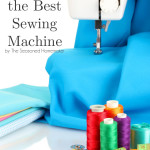
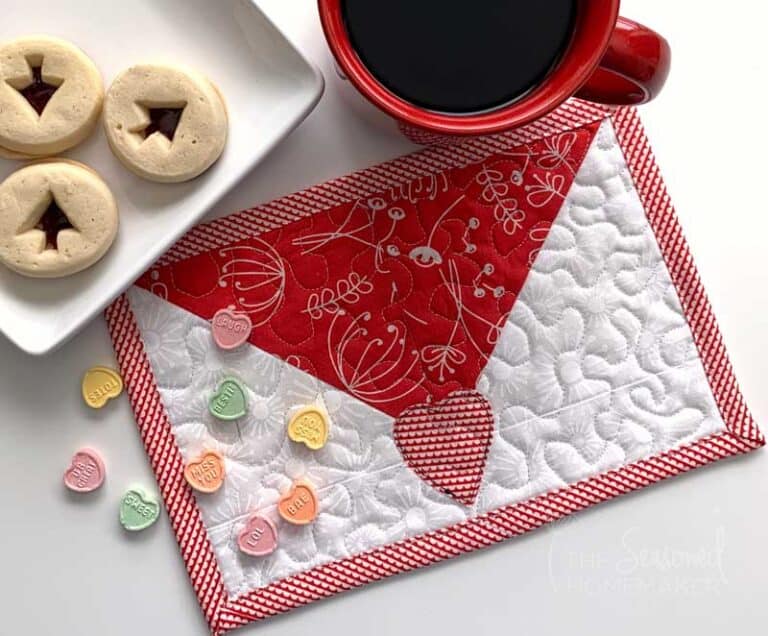
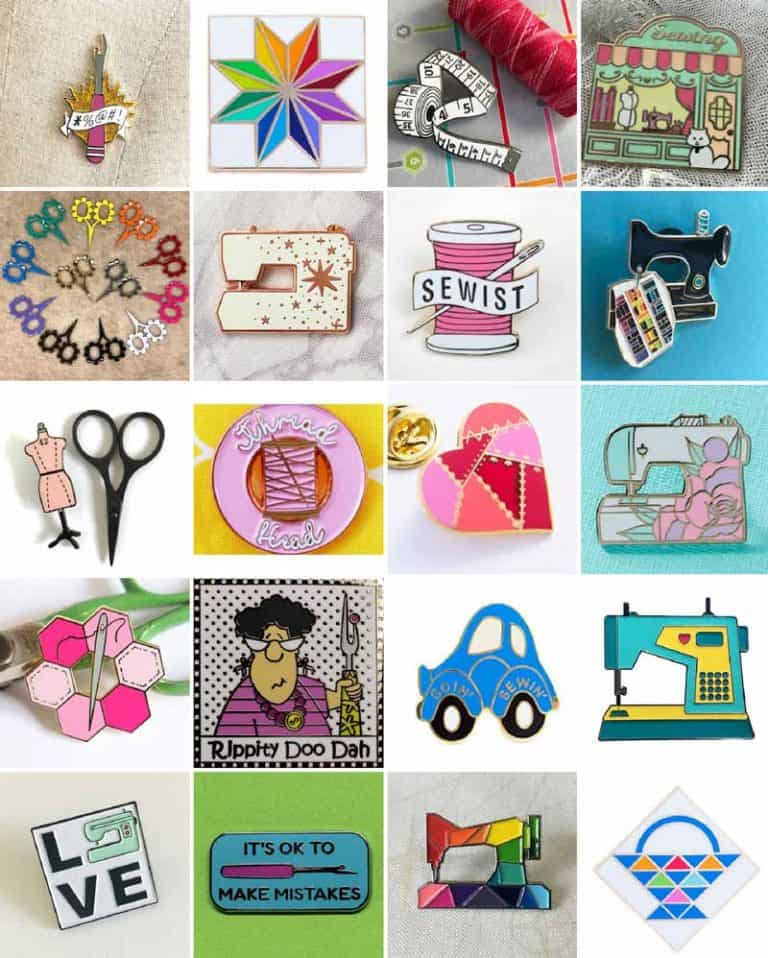
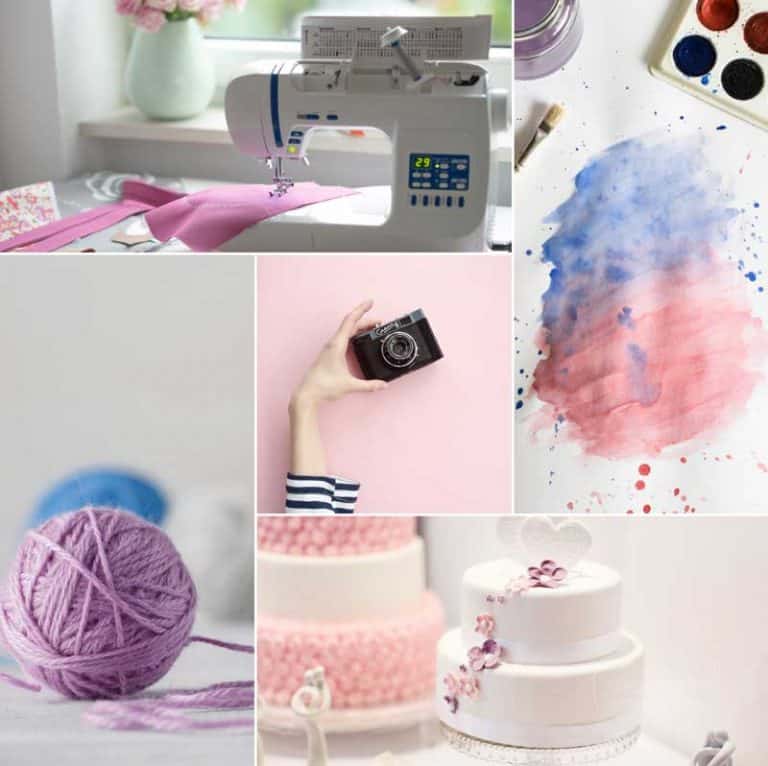
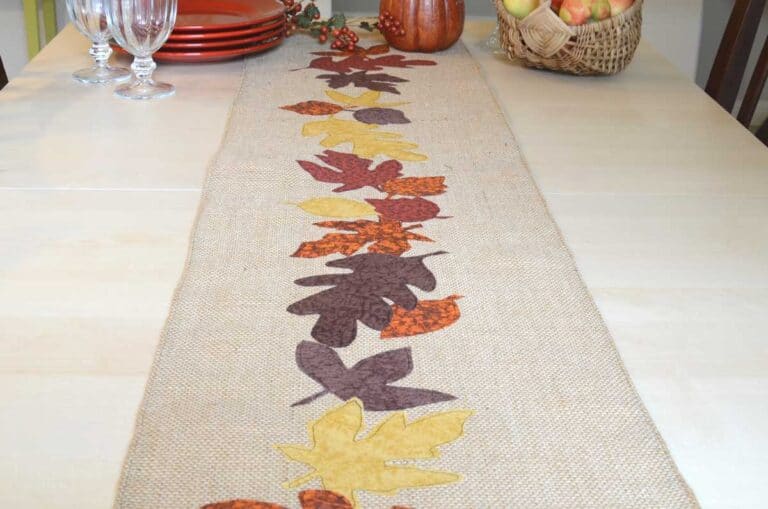
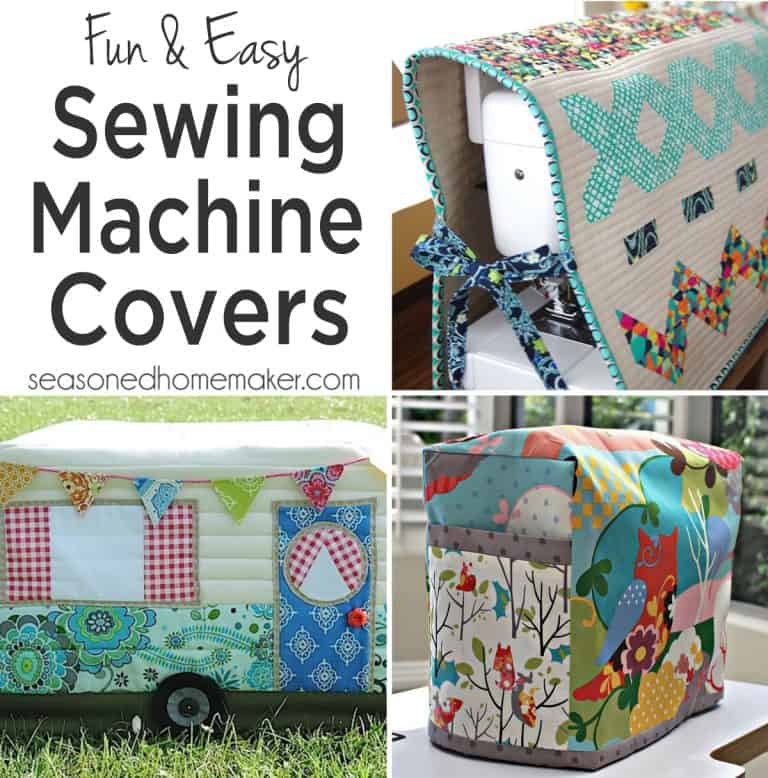
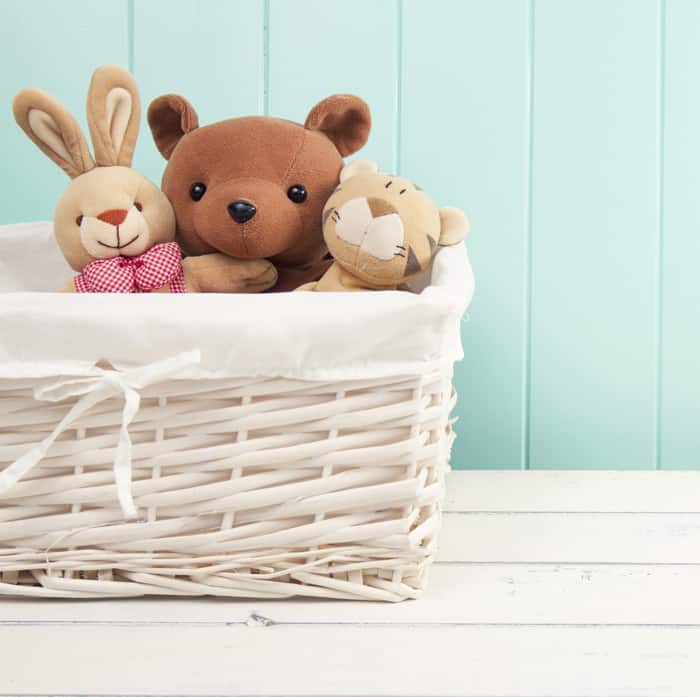
perfect timing, thanks for the post on choosing a new sewing machine!I have a gold old reliable Kenmore that my parents bought me, used, when I learned how to sew in Home Ec ( 8th grade?)I’m now a 50 yr old mother of 5 and my machine has had to go to the shop before I could start projects for the last few years, tangled bobbin thread, breaking needles, little things like that, and I justtold my husband that I’m going to startlooking for a new machine. thanks for the tips.
I’m just sending off my great old, OLD Bernina for servicing. I have ALL the attachments, so hopefully when she’s all oiled up and cleaned, she’ll run like new. I feel these old machines are bullet-proof, although I’d love a serger.
So true. I have an old Kenmore that will probably be running long after I’m gone.
I was excited when I found the tips on how to buy a sewing machine. Weight off my shoulders. Thks and have a blessed day.
Thanks, for posting. I also have a Kenmore, matter of fact I have had two! I am looking for a heavy duty machine to work with blue jean fabric (demin).
Thanks again for posting,
Pam
My Viking 1 is 23 years old and has been a wonderful machine. The on-off button and the button to lower the feed teeth stopped working and may not be able to be fixed. Someone has lent me Husqvarna Emerald122 for as long as I need it.This summary is invaluable for making a decision about buying a new machine.
I’ve got a 1953 Singer Featherweight, nicknamed Dame Edna, that’s great for classes/retreats, as long as you’re only straight stitching. My warhorse is a Bernina 1000 Special (all mechanical) that I won at a quilt show in Albuquerque in the early ’90s. They still make them, according to my mechanic, though they have a different number (1005, maybe?). All the home ec classes and film studios near me use them. My main piece of advice to new sewers looking for a machine is to visit a dealer and look at the refurbished trade-ins. You can get a good, dependable– and all-mechanical — machine that way for not a lot of money. Then after you’ve been sewing awhile and know it’s not just a passing fancy, splurge on something with way more bells and whistles.
My wife’s birthday is coming up. I want to get her a sewing machine, but I’m not sure what I should look for. I never knew that getting a machine that can do a zigzag stitch can give you the flexibility both length and width. I’ll be sure to remember this info moving forward.
Thank you for mentioning how you should look for a sewing machine that has the type of stitches you need. It is important to remember that taking the time to do some research and to assess your needs carefully can help you find the best one for your money. My wife was talking about how she needed to get a sewing machine to help her with her sewing projects, so I’ll share your page with her.
Thank you for writing this post. I learned to sew on my grandma’s Old Home sewing machine from the 50s. After many decades of use, it just wasn’t working well even with regular servicing. I’ve been in the dark as I look for a new machine. They are so different today. I appreciate your insights and look forward to exploring your site.
Hello! This is a very useful post! Thanks alot! This idea really helps me to decide which to buy for my machine.
I’m still a beginner, just started hand sewing recently. And I decide to get a sewing machine to upgrade myself (:
Thank you for the helpful tip. I also owned an old Kenmore (circa 1972) that I traded in (one of my weak moments) And I’ve regretted it ever since. I’m now looking online for that same vintage model. What? Just because … It was a GREAT machine. And I’m Also looking for a Juki 2010 so your tips will certainly come in handy. Thanks!!
I really like that you point out that I need to consider what features you want on your machine. I’m wanting to get a new sewing machine and need to find the right one. I’ll have to do some research and find the best machine for me.
Thank you for your article.
My babylock bit the dust recently. The cutting mechanism broke and jammed between gears. Yikes. The change in price since ’05 has been eye-popping. I was considering getting a basic machine without embroidery and then getting an embroidery specific unit to manage my budget better. I’d love to be a quilter one day but not yet.
I have learned that it is worth it to try to figure out what is on the inside. Some manufacturers are using heavy duty plastics that don’t stand up to wear and tear of regular sewing. My sewing machine repair guy warned against Singer. I have always heard good things about Janome, Bernina and Babylock and that it just becomes a preference thing.
I’m a Bernina gal to the core, but Babylock is my second choice.
Just had my Bernina 930 serviced because I do that about every year or two depending on how much sewing I do It has just enough stitches and adjustments to make sewing fun. It was bought in 1983 and I love it
the only thing I would like at my age is self threading because of eye sight lol
I hope everyone gets the machine of their dreams and is always looking for something new to learn
I love experimenting with new projects
I thank you for your hints
can’t afford a new machine now but if ever lol I will take these hints with me
thanks for your emails they are helpful
Like you, I get my machine serviced annually. It can keep a machine running well for years.
thanks for the great article, but i have a question. How do you know which machines are hybrids? I have a lovely computerized machine, but i worry about the durability. I want something with some of the computerized features, but that I can at least oil myself. Thanks! Val
Great question. So, this is harder to answer than you might think. Totally mechanical machines defintely need regular oiling, but when done that way will last a very long time. Computerized machines with a drop in bobbin don’t need regular oiling (but check with your particular machine to verify), but should be taken to a reliable repair center annually to get cleaned and oiled (they will remove the plastic case and use a heavier grease). So, it really all depends on the make and model of your machine.
Thank you for all the helpful suggestions for purchasing a new machine. I am definitely going to replace and upgrade my machine, a New Home, that is about 7 years old. I have been putting this venture off because I was not sure how to go about it. The local sewing store recently closed so I will have to locate another store that carries a wide variety of machines. Thanks again!
Last time I was shopping, I kept a spreadsheet with a list of features plus a place to record the price and check off features. I highly recommend this. And, be sure to get a manufacturer’s brochure for each machine you’re considering so you can go home and compare features.
I think the most important piece of advice you provided is ‘have a local dealer that you develop a relationship with.” Access to your dealer is essential. Machines only break down when you are in the midst of an important project. You were very diplomatic about your story of the first dealer you talked with. My suggestion if you encounter a situation like that is to run not walk out of that store. It sounds harsh but experience has taught me that it will probably not be an establishment with good service. This is an excellent article!
Thank you for this helpful information. Unless I missed it, I couldn’t find the pdf version of this article.
If you scroll to the bottom of the post you’ll see a light green box that says Subscribe & Get Sewing. When you enter your information into the box you will receive a confirmation email. Once you click Confirm the list should download immediately.
It sounds like you were disappointed with your Babylock. Have you gotten a different machine since? Curious what you decided to go for. My machine if 15 yrs broke while making face masks for COVID-19. I’m in the process of researching a replacement.
Not at all. The Babylock is a great machine. My daughter has it now. I made the mistake of not buying enough machine for my needs. Read more about my journey here: https://www.seasonedhomemaker.com/the-shocking-truth-about-my-sewing-machine-obsession/
I don’t feel very comfortable with any of the retailers/dealers in my area. How can I find something for my needs online?
I’m more interested in mechanical for piecing together quilts, and some clothing sewing. I wanted to try to stick with Singer because I thought the parts (needles, presser feet, bobbins) would be easier to find. But, I’m leery about the recent quality of the product. I really don’t want to have to replace a big box store produce product every year or so.
Really great question! I am going to suggest you contact SewingMachinesPlus. I’ve never purchased from them but know several people who have and were very satisfied. I’ve spoken to them and find them informative and helpful. They should be able to help you make a good decision. Be sure you have what you’re looking for ready so they can answer your questions.
I just received the pdf. for choosing a sewing machine.Thank you very much. I really appreciate it.
It took me a while to reinvest in a good machine, deterred actually when I went to a large fabric chain and the young person summed up I was not a prospect. I am an accomplished seamstress and I was shocked at her dismissal. I went and bought a cheap machine to hold me over, a bad idea, I am actually still wearing some items, but it was frustrating. I was gifted another, not much better machine, that was equally frustrating. Did my sewing deteriorate that much? Granted I was out of practice and I needed to get back up to speed. I looked online, and a YouTube video on sewing machines and you get what you pay for was enlightening. Plastic lightweight machines torque, stitches wander. You get frustrated and now I know It was not all me! So, I suggest, take a look at videos that feature machines you are interested in and watch reviews. Watch instruction on some machines, especially ones that have many features. Eureka! I found a great machine, it is heavy, computerized and has lots of stitches and I love it. I did not need to spend the amount I thought I would (the price was reduced as this machine had been out for a while and would be upgraded.
Started sewing about 8 years ago and got an inexpensive computerized Brother CS6000i – it was fine for what I originally got it for, making historically accurate costumes. However, I enjoyed sewing so much, I made the mistake of branching out and doing more, such as upholstery fabric and quilting, which the Brother is not good at doing. Not to mention it likes to walk when sewing.
Had a budget and started looking locally – some places the people know everything about the machines, some places they know how to plug them in and turn them on, that’s it. I actually got my second computerized machine from SewingMachinesPlus and recommend them very highly. They knew what they were talking about and patiently answered all my questions. So, I got a Juki HZL f300 which could sew what I need it to sew. The throat area is a tad tight for quilting larger quilts but everything else is great.
In the meantime, my mother gifted me the Elna SuperElna she bought when I was born in 1966. That is a workhorse of a sewing machine. It completely displaced the Brother.
Then a coworker let me have her 1904 Singer 27 treadle machine. And that thing can sew through anything including leather. And you can see where things are going here.
I have since gotten 2 more mechanical machines – a 1910 Singer 66 Red Eye ($27.00) that sews but needs work and a 1951 Singer 15 ($52.00) that is in beautiful shape and sews the best of them all.
I now have 6 machines that sew an each one does something better than the others do, so I use them all.
For new sewists, I would recommend getting an older, fully metal mechanical machine because they are inexpensive and easy to maintain without going to the machine doctor. After using one of these for awhile you’ll be able to tell which direction in sewing you’re going into and can always get a newer, computerized one. Just remember though, the mechanical ones have lasted decades or a century. How long to you think your computerized one will last? It will not be as long as the mechanical ones.
That was very useful information on buying a sewing machine I’ve got a cheaper machine so far it’s been very nice to me I only wish it had a thread cutter but apart from that it’s been good . 👍👏🥰🌷
This information is very useful. I purchased a Bernina about 5 years ago but I am having problems cleaning and then putting the bobbin back together. Any thoughts on a machine which is easier to clean and replace bobbin. Thank you,
I’m firmly in the Bernina corner. I recommend you check with your local Bernina dealer for more advice. That said, if I didn’t have a Bernina, my second choice would be BabyLock.